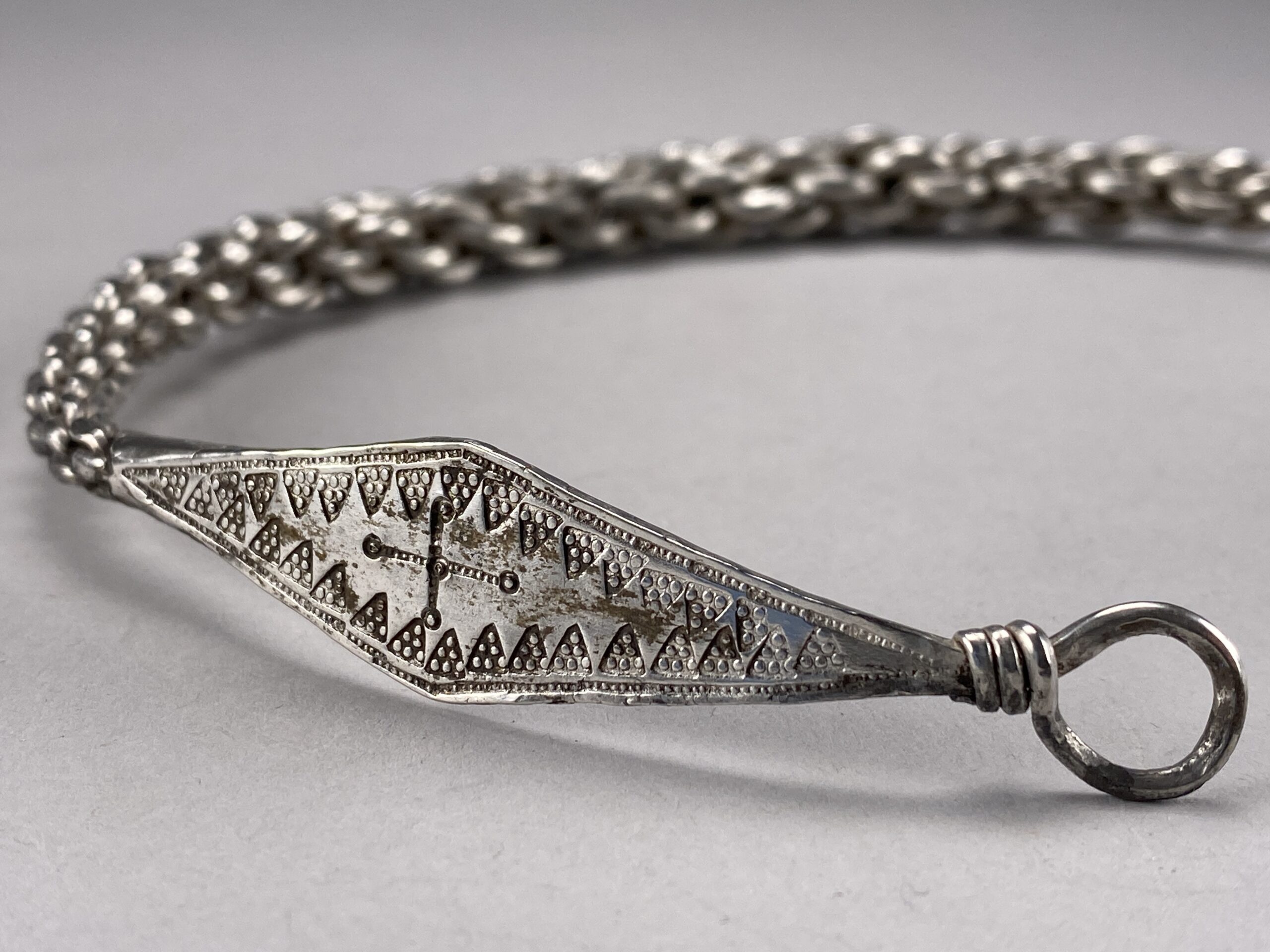
"It has been an incredibly exciting investigation because the site contained so many different types of remains such as graves, the settlement and the silver deposit. We also carried out several scientific analyses, including DNA, which have yielded interesting results."
"The 2020-2021 survey uncovered structures linked to 34 buildings, with at least 15 areas interpreted as ritual deposits where objects were deliberately buried. Five graves were examined-three coffins and two cremations-while bones and seeds provided new insight into the farm's economy, diet, medicine, and religious practices."
"The most spectacular find was a buried pot containing silver arm and neck rings, amulets, pearls, and a fabric bag filled with coin pendants. The bag-remarkably preserved thanks to silver ions-contained 12 coin pendants dating from 904-997 AD, minted in Persia, Bavaria, Bohemia, Normandy, and England."
The excavation at Viggbyholm in Täby uncovered a settlement occupied for nearly 500 years from the Late Iron Age into the High Middle Ages. Archaeologists recorded structures linked to 34 buildings and identified at least 15 areas interpreted as ritual deposits. Five graves were examined, including three coffins and two cremations. Bones and seeds offered evidence of farming practices, livestock, diet, medicinal plants and religious behaviour. Scientific analyses, including DNA, supplied additional data. The largest discovery was a buried pot with silver arm and neck rings, amulets, pearls and a fabric bag containing 12 coin pendants minted across Eurasia.
Read at Medievalists.net
Unable to calculate read time
Collection
[
|
...
]